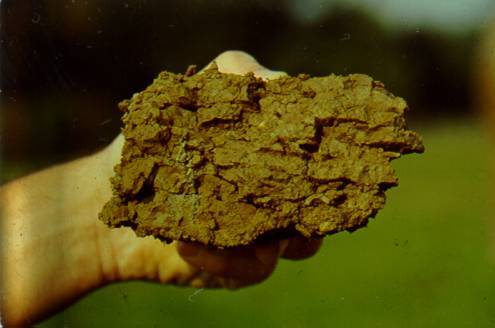So You Must Get a New Septic System?
There are many scary stories out there regarding replacing an existing septic system. There are many reasons
that you may have to replace your septic system including:
-
Regulators/Health Inspectors may visit your property in relation to a public nuisance complaint
-
A water back-up in the home
-
A collapsed tank in your yard which is a safety hazard
-
A point of sale inspection when the home is being sold identifies an old treatment system.
-
Home addition or lot splitting
Often times a leaky roof, a dangerous large tree that needs taken down, or a backing up septic system come at unexpected times. The stress comes from
the cost and the need to learn about a new process.
NewSeptic understands that you may not be expert in the process of replacing an older septic system. Often you have to make decisions which will stick with you
for years in the future. We take the sting out of the process by offering septic design tools and septic system estimate generation and bidding tools.
Home owners can expect the process for getting a new septic system to go something like this:
New septic systems must be designed and planned according to law.
All work related to septic system installations and repair must be inspected by law to ensure that the installation goes as planned.
Who would ever have thought you would need to contact a soil scientist when replacing or designing a septic system? Well, it turns out
that most all modern septic systems include a soil based treatment component, which has been proven to be a cost effective method to distribute
the water used on a residential lot back to the soil.
 soil form
soil form
 soil structures vary
soil structures vary
Soil scientists classify the soil on your property by analyzing at least two locations in detail of each soil unique soil profile. The result of these
soil tests are the generation of loading rates
Loading rates are volumes of water or wastewater that can be applied to a soil over a certain amount of time. Loading rates are determined by a few factors
which can raise or lower loading rates. The direct result of loading rates are seen in septic system soil absorption sizing.
A great analogy is having a sponge and a pitcher of water. You can only pour so much water on the sponge before the sponge becomes saturated and the water flows onto the
floor. The soil is the same way in terms of applying wastewater from a septic system. The wastewater or effluent from the septic system can be applied only so much
before you have a mess of wastewater seeping out of the ground and spilling onto a neighbors property. This is where loading rates are crucial.
It is a determination on how big your sponge must be for the house being built.
Hydraulic Linear Loading Rate
Hydraulic linear loading rate is the amount of wastewater that can be applied to the soil per foot
This is a method to incorporate slope and downward gradient of flow into septic soil absorption sizing.
Infiltrative Loading Rate
Infiltrative loading rate is the amount of wastewater that can be applied to the soil per square foot
This method is used to determine the overall size of the basal area required.
These two values can be used to generate a size for a soil absorption system. New Septic uses research conducted in Ohio in Lake County for the
generation of loading rates based on the factors:
-
Depth to limiting condition
-
The Biological Oxygen Demand (BOD) of the wastewater applied to the soil absorption system
-
The slope of the site
-
The characteristics of the most limiting soil profile within the usable soil
Soil scientists often use augers or probes to sample cores of the soil at different locations on the property.
System Designers
Septic systems used to as simple as a tank in the ground. Then the Cuyahoga River caught on fire and caught the country's attention. The EPA was born and
we now know that systems need to treat wastewater to a high standard. Designers should be able to do the following activities:
-
Determine loading rates to soil absorption systems based on soil properties identified in a soil evaluation
-
Estimate septic system daily flows, and expected variations and estimate pollutant concentrations and mass loads exceeding typical residential sewage strength
-
determine how site hydraulics will effect the proposed septic systems effectiveness
-
provide installation and operation costs of feasible septic system options to assist the owner in the selection of the septic design
-
prepare a detailed design plan including site map with detailed descriptions of the location of all components
-
stake, flag, or mark off the proposed septic system location related to the topography and contour
-
Answer any questions and make adjustments to the system design and septic system layout.
NewSeptic septic design software allows anyone of varying professional levels to get an copy of a septic design plan which represents the
best septic system option for any one property. NewSeptic's septic design software is so easy to use that many contractors will find its features easy to implement
into their existing workflow for assessing properties for onsite wastewater treatment system options.
Septic system installation contractors are expert excavators, plumbers and also sometimes electricians. The combination of skills required for some
of the types of septic systems requires a unique expertise. Septic system contractors often are required to register with the counties they are working
in.
Some septic system installation contractors offer few options regarding their products due to strong relationships with manufacturers or dealers and
also the disinterest of homeowners to conduct research on the efficiency and maintenance of the different types of treatment units.
 soil form
soil form
 soil structures vary
soil structures vary